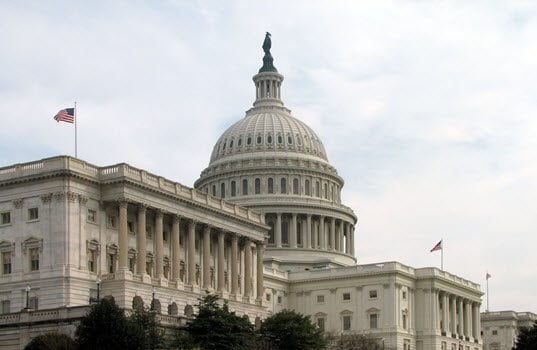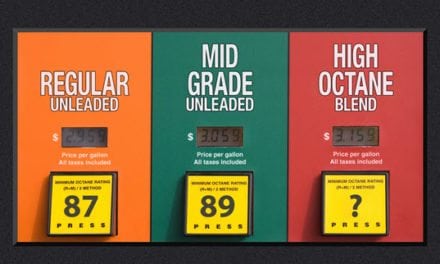On Tuesday (May 2), the Food and Drug Administration (FDA) released a pre-publication version of an interim final rule, which extends compliance and enforcement of the menu-labeling rule until May 7, 2018. FDA enforcement of the menu-labeling rule was expected to begin on May 5, 2017. The delay is good news for convenience store owners as it allows more time for Congress or the administration to correct the onerous requirements.
In the interim rule, FDA explains, “In the Federal Register of December 30, 2016, we stated that the compliance date for the final rule would be May 5, 2017. We are extending the compliance date to May 7, 2018. We are taking this action to enable us to consider how we might further reduce the regulatory burden or increase flexibility while continuing to achieve our regulatory objectives, in keeping with the administration’s policies.”
The delay of the rule is consistent with the executive orders that the President has released that are designed to reduce regulatory burdens.
Certainly, the interim rule highlights some of our industry’s pressing concerns. Specifically, the FDA notes that, “Retailers with many different and diverse business models have raised concerns about how the rule lacks flexibility to permit them to provide meaningful nutrition information to consumers given their type of business and different operations. Moreover, we continue to receive many questions about calorie disclosure signage for self-service foods, including buffets and grab-and-go foods.
“We do not want to proceed with a rule that might turn out to be too inflexible to support innovation in delivering information to consumers. In addition, we have received questions regarding how to distinguish a menu, which requires the posting of calorie information, from advertisements and other marketing pieces, which do not require calorie information. Many of these menu questions are complex and have highlighted for the agency the need for further consideration and clarification. How to address the natural calorie variations for foods has also been raised by stakeholders as an issue that needs additional guidance and clarity.”
Although this delay and clear, administration interest in making the rule less onerous and more workable for everyone is good for marketers.
In February, the “Common Sense Nutrition Disclosure Act” (H.R. 772) was reintroduced by Representatives Cathy McMorris Rodgers and Tony Cardenas, and Senators Roy Blunt and Angus King reintroduced companion legislation (S. 261). The legislation would give retailers the flexibility they need to comply with the requirements.
The legislation would modify the menu-labeling regulation by permitting retailers to identify a single primary menu while not having to include nutrition labeling in other areas of the store. Furthermore, the bill would clarify that advertisements and posters do not need to be labeled and would provide flexibility in disclosing the caloric content for variable menu items that come in different flavors or varieties, and for combination meals.
Lastly, the bill would ensure that retailers acting in good faith are not penalized for inadvertent errors in complying with the rule and would stipulate that individual store locations are not required to have an employee “certify” that the establishment has taken reasonable steps to comply with the requirements.
Source: The Petroleum Marketers Association of America’s (PMAA’s) Weekly Review









